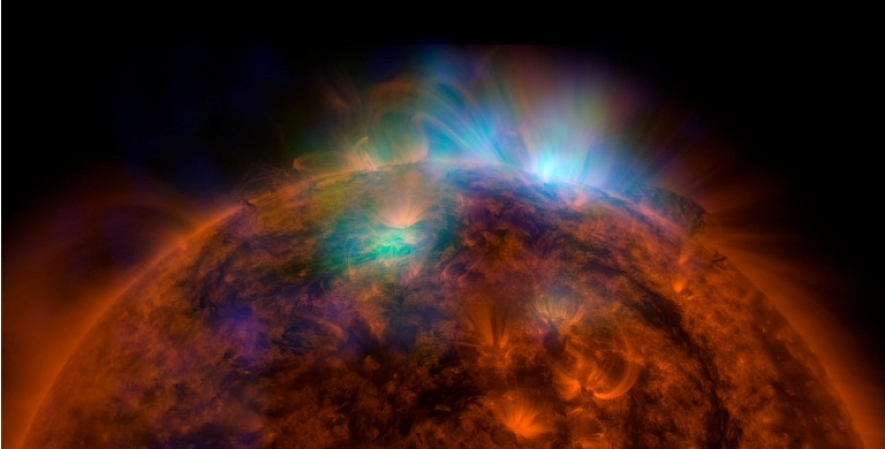The Nuclear Spectroscopic Telescope Array (Nustar), launched into orbit in 2012, managed to take an image of the sun's high-energy X-ray flashes, which had never been done before.
This image demonstrates that the Nustar telescope can in fact gather data about the sun and can give insight into questions such as whether "nanoflares" exist.
"Nustar will give us a unique look at the Sun, from the deepest to the highest parts of its atmosphere," says David Smith, a solar physicist and member of the Nustar team at University of California, Santa Cruz.
The sun has been too bright for other NASA telescopes, but due to its very high sensitivity, Nustar is able to look at it without the risk of damaging its detectors.
"At first I thought the whole idea was crazy," said the mission's principal investigator Fiona Harrison. "Why would we have the most sensitive high energy X-ray telescope ever built, designed to peer deep into the universe, look at something in our own back yard?" he said.
The first solar image from the sun also gives insight into questions about the remarkably high temperatures that are found above sunspots -- cool, dark patches on the sun.
The Nustar team will continue studying more far-flung objects, including black holes and supernova remnants besides probing the sun. Press TV.



















